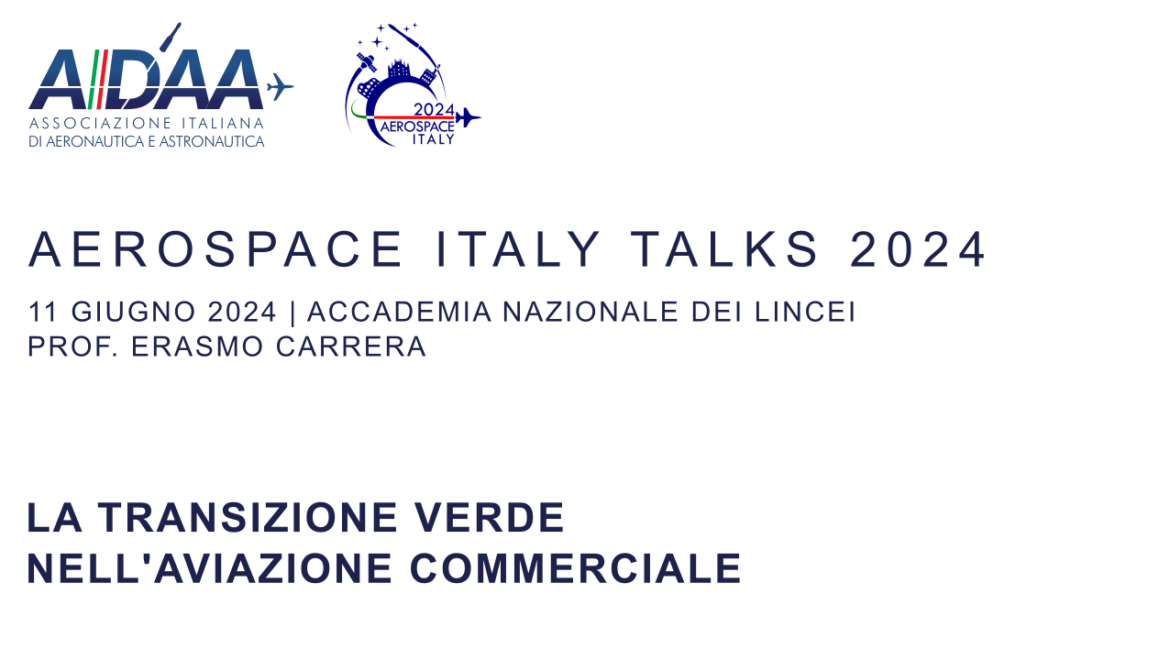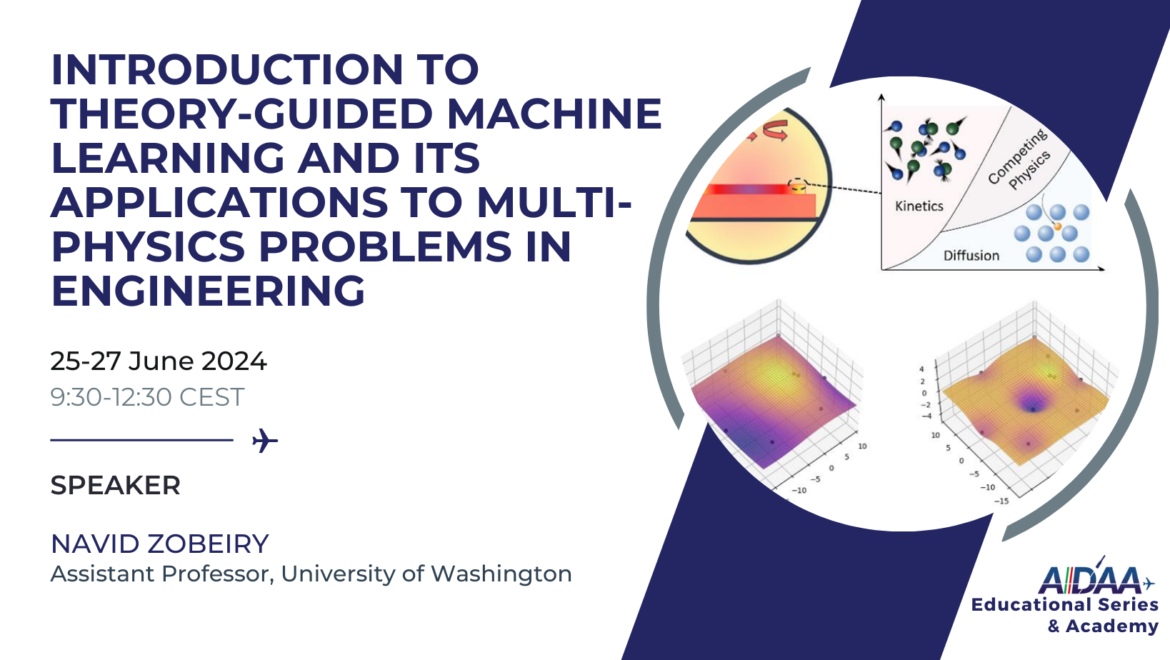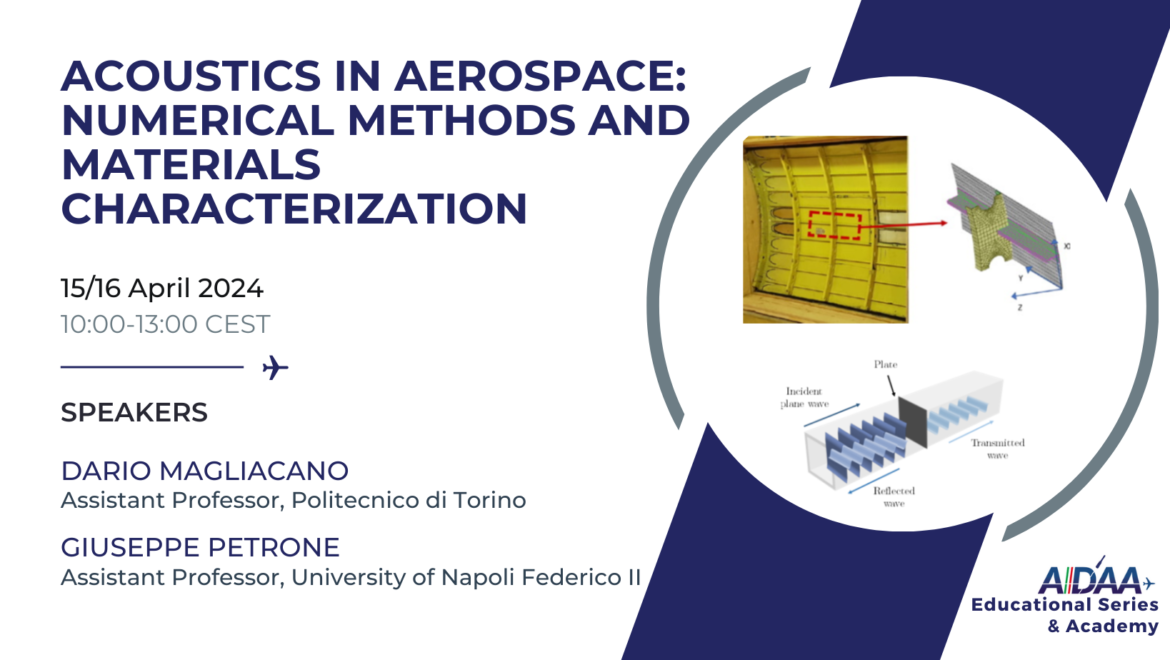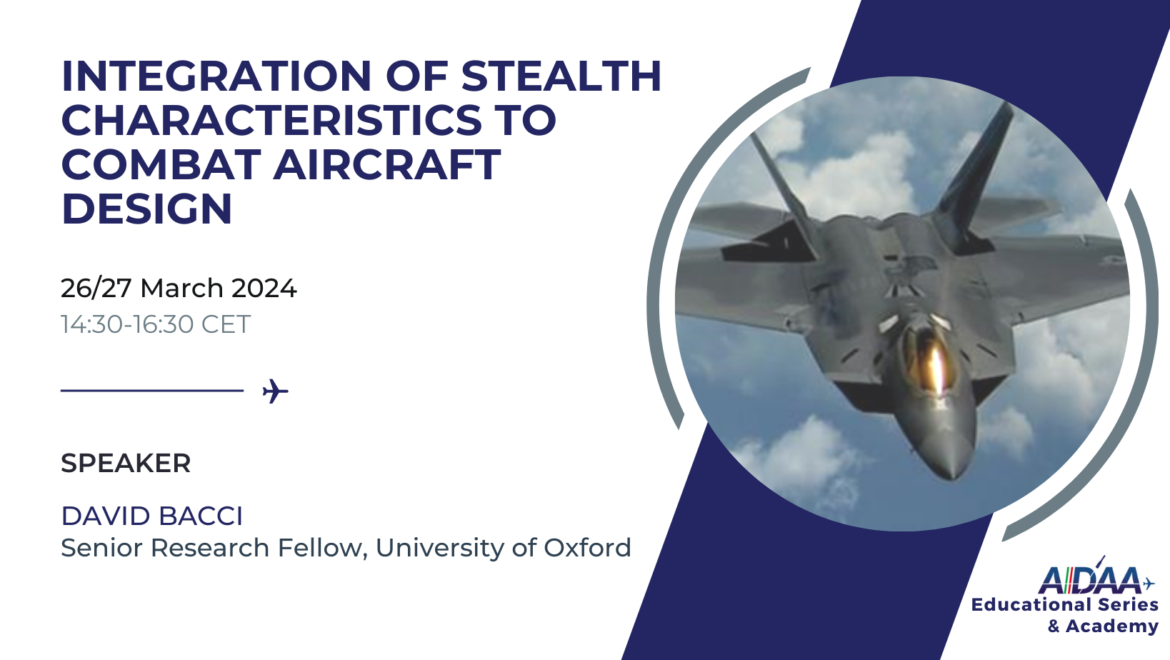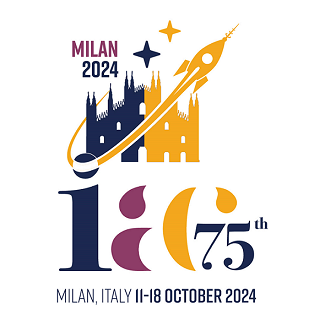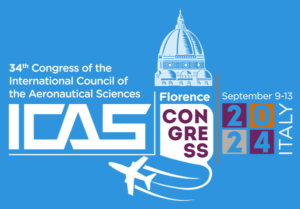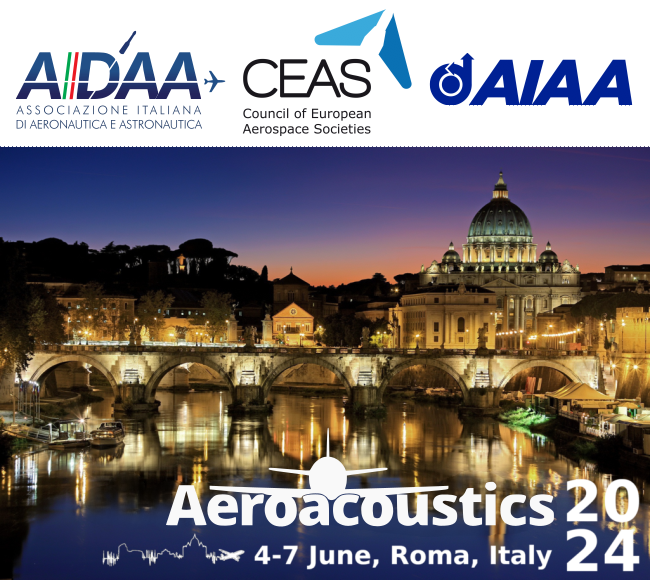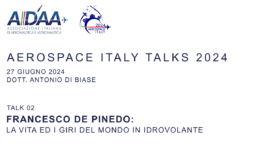Francesco de Pinedo: la vita ed i giri del mondo in idrovolante
In questo talk, tenuto il 27 Giugno 2024 da Antonio di Biase, Giornalista culturale e Alumnus del SPLab del Politecnico di Milano, si è discusso della biografia dell’aviatore De Pinedo. Nello specifico, Antonio di Biase ha evidenziato le straordinarie doti di aviatore di De Pinedo che ha solcato i cieli e le coste di tutto il mondo a bordo dei primi idrovolanti negli anni ’20.
La registrazione del talk è visionabile al fondo di questa pagina.
ENG VERSION
In this talk, held on 27 June 2024 by Antonio di Biase, Cultural Journalist and Alumnus of the SPLab at the Politecnico di Milano, the biography of aviator De Pinedo was discussed. Specifically, Antonio di Biase highlighted the extraordinary aviation skills of De Pinedo, who sailed the skies and coasts of the world as a pilot aboard the first seaplanes in the 1920s.
A recording of the talk can be viewed at the bottom of this page. English subtitles can be enabled.


